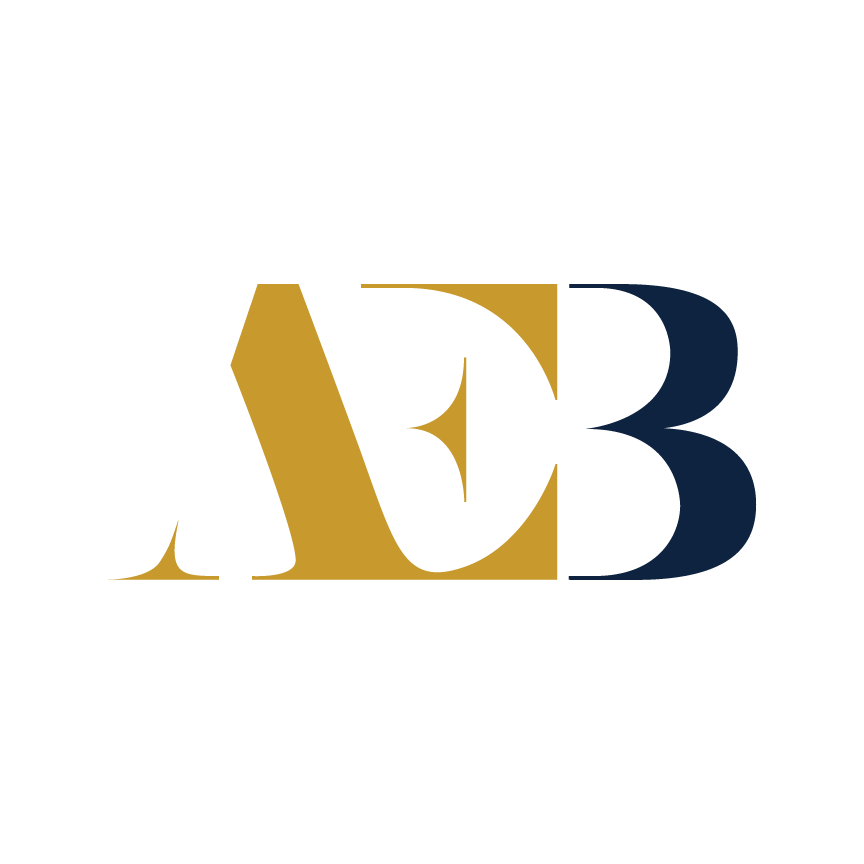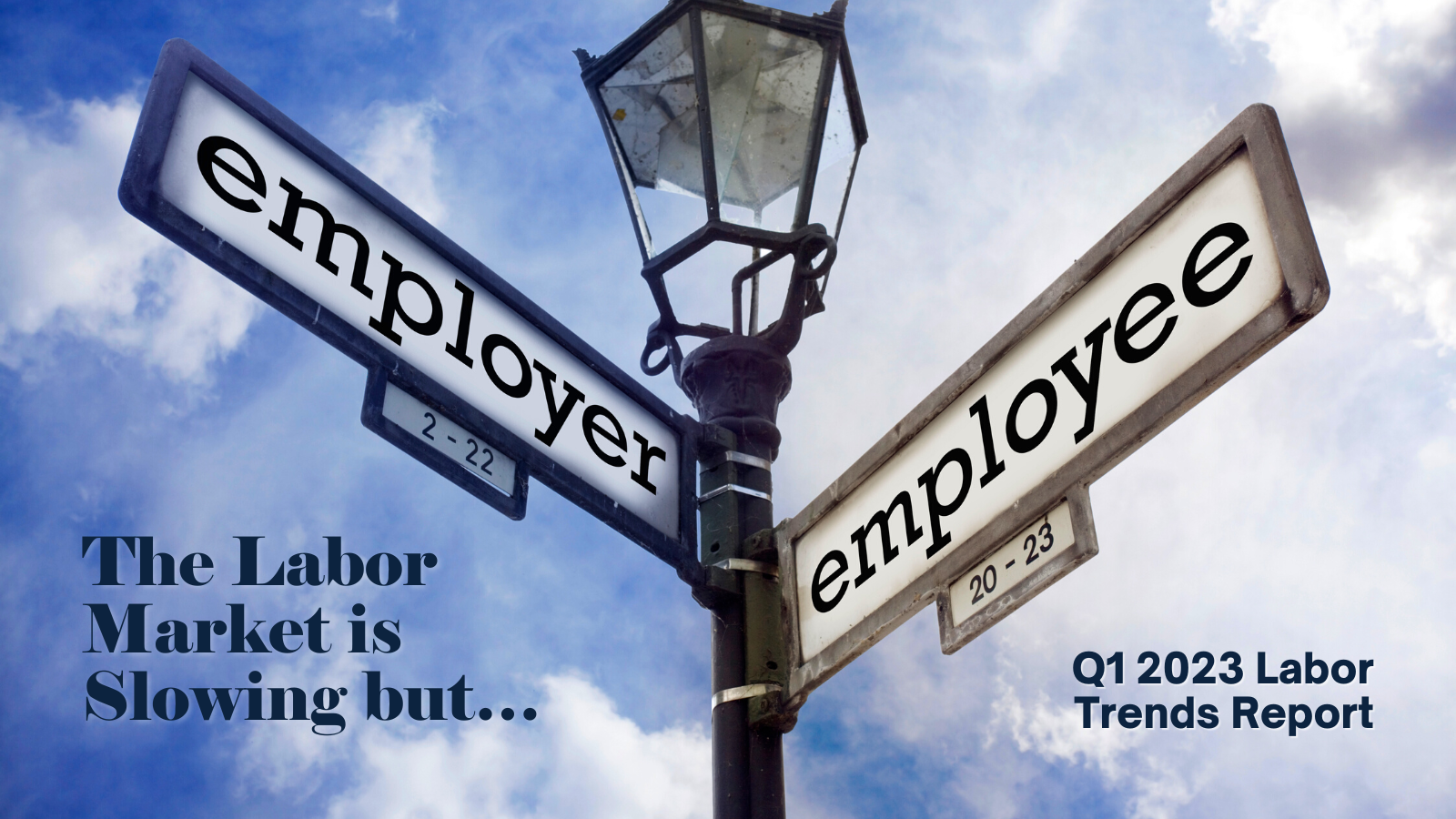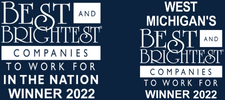The biggest question that remained as last year drew to a close is what will 2022 and beyond look like for the labor market?
Despite another year of businesses managing and adjusting to the ongoing impacts of a pandemic, job growth continued to reflect more positive numbers than negative and unemployment rates continued to decline. Unfortunately, one metric no business leader was excited about was the increasing number of resignations. For some industries, employment trends were again finding an even keel while others still felt like a dizzying amusement ride.
Based on feedback from our clients, job candidates, industry analysts, and how our business has adapted, we have a few predictions for the new year. We split our predictions into two groups: Workplace Trends and Employment Trends. Take a few moments to see where you can use these predictions to your advantage and where you may want to consider making some tactical adjustments.
Workplace Trends to Expect
There were a couple of notable shifts that defined the actual workplace over the past year that we anticipate being more pronounced and expected by employees going forward. These employment trends can be summarized by thinking of where employees work, how they are managed, and the incentives to reward and retain them.
Remote work is here to stay
Nearly three years ago, everyone who wasn’t considered “essential” adapted and learned how to efficiently work from home. While some transitions were much easier than others, many business professionals quickly discovered that not only could we work remotely, but that a majority preferred having at least a few remote work days each week.
Most companies have found their way back into the office. However, a Gallup poll of 9,000 American workers revealed that the vast majority of employees who are able want the flexibility of remote work to continue. And their most preferred option was a hybrid arrangement with time split between home and office.
Going forward, remote work will become more than a flexible option or just an employment trend, but a permanent part of office and employee management considerations. Further, it will be an essential part of employee retention efforts. Gallup’s poll also reported that almost half (49%) of employees already working remotely are extremely or highly likely to seek other employment if remote work options are eliminated.
Developing and defining hybrid work operations will be a standard operating procedure. Yet, companies will need to define this on an individual level. It is interesting to note that the findings reported productivity and wellbeing among the top reasons why employees selected their location preferences regardless of their preferred working environment. Some employees crave the comfort and solitude of a home environment, while others thrive in office settings.
What is clear for this workplace trend is that employees want options in where and how they work and will expect their employers to provide opportunities that will allow them to be their most productive.
Management skills and styles will continue to evolve
Another significant outcome of the pandemic was an abundance of self-reflection regarding what employees want from their jobs and careers. All that deep thinking resulted in employees who crave work that provides purpose and meaning, and they are looking to company leadership to help them define what that looks like. Meaning, fewer top-down approaches that solely focus on execution and results, and a greater focus on the employee experience with more coaching and mentoring styles will be needed. (Forbes)
The practical application for employment trends in 2022 and likely beyond, will require management to:
- Share their company vision and articulate how their employees fit into those objectives
- Define and enhance career paths that are often personalized for employees
- Remain accepting of and adaptable to change
This will also mean that organizations will need to place a greater emphasis on management skills and styles that are inclusive and empathic. To accomplish this, leaders will need to:
- Be intentional about checking in with team members
- Proactively share information and over-communicate important details
- Set clear expectations and achievable goals
- Show gratitude
Employee benefits will become more meaningful
Just a few, short years ago a company with great benefits and employee perks may have included company-paid (either full or partial) health care, generous vacation time, tuition assistance, and free office snacks to go with our coffee. Given the competitive nature of today’s labor market, these have now become table stakes.
Employees have not only reflected on what they want from their professional careers but also what they want from their employers. It should come as no surprise that foosball tables and beer gardens are no longer enough — or even highly desired.
For benefits and perks to have any real value in the minds of employees, they need to be intentional and relevant to our lives today. After the disruption of the past three years, workplace trends reveal flexible scheduling, mental health support, parental leave, and financial planning top the list of most desired benefits. (Assured Partners)
Here too, employees want the ability to personalize benefit options where they can to fit their lives and needs. While not everything needs to be offered in an ala carte fashion, providing degrees of flexibility reinforces the level of reciprocal commitment between employer and employee.
Perhaps the biggest change in workplace trends is that employees want to know they are seen and matter far beyond hitting productivity goals. Too often we define ourselves by our occupations and careers. The reality is that we are much more complex with much larger lives than just what is shared during our workdays. Employment trends show employees want and need to be seen and appreciated as whole individuals.
Employment Trends to Plan for
At a macro level, labor market trends we anticipate seeing more of also started unfolding this past year. However, businesses should expect them to have a much greater impact and influence in 2022. This will mean placing greater emphasis on your hiring, evaluation, communication, and training processes.
The talent acquisition process will require more
According to the Bureau of Labor Statistics, there are three interrelated factors at play that will continue to influence one another: an aging population, a declining participation rate, and slow labor force growth. These trends are projected to continue throughout the decade from 2020 through 2030. For hiring companies, this translates into a talent acquisition process that will require more time, effort, and precision. A spray and pray approach will no longer work.
While an aging workforce can mean opportunities and industry growth in some sectors, for others that could mean a significant shift for workforce planning. Now factor in labor market trends like slowing population growth and younger workers waiting longer to enter the workforce, and it’s easy to see why the labor force participation rate will only continue to slowly decline.
On the other side of this equation is the issue of the Great Resignation taking place. While employees may be considering solutions for their frustrations, the allure and appeal from other companies vying for their attention may be hard for some to ignore.
Hiring companies will need to be more:
- Proactive with planning their talent needs
- Communicative with the value they can provide current and prospective employees
- Prepared with a robust and detailed hiring process
- Resolved to protect their current employees
Qualifying criteria for top candidates will be redefined.
The skills and abilities employers look for in prospective employees have indeed adapted with the employment trends as well. In the latest release of the World Economic Forum’s Future of Jobs Report, twelve of the top fifteen skills that will be growing in demand are soft skills. These are behavioral and interpersonal skills and traits that characterize how effectively people interact with others and handle situations.
The list detailed skills of:
- Analytical thinking
- Active learning
- Complex problem-solving
- Creativity and innovation
- Leadership
- Resilience
- Reasoning
- Emotional intelligence
- Troubleshooting
- Service orientation
- Persuasion and negotiation
Employment trends with an increased value on soft skills also create a greater need for employee training and development programs to include a holistic approach that incorporates the professional and personal aspects of employees.
Interestingly, while employers will be looking more closely at soft skills, there are other areas they may be looking less critically at. Among these are employment gaps — long periods of unemployment between positions.
Historically, employment gaps have been perceived as problems in need of detailed explanations. That is if candidates with these lapses in their career were even considered. The pandemic forced many companies to let go of talented employees due to circumstances beyond anyone’s control or desire. Hiring managers and HR professionals have quickly realized there are personal stories behind the chronological voids.
While this understanding may not last indefinitely, at least for the next couple of years this employment trend will work in favor of those affected by the economic impacts of the pandemic.
The other qualifying criteria we predict will have changing perceptions are transferable skills: capabilities that benefit both employee and employer that may not fall within the traditional scope of desired skills. This could mean considering a candidate with years of experience instead of the expected college degree, or someone with team leadership experience over managerial experience. The value is in what a candidate can do (and has done) with the knowledge and experience they have gained instead of just the technical competencies they possess.
Organizational transparency will be a requirement
Not all employment trends that we anticipate for 2022 are pandemic-driven. One trend that continues to gain momentum is organizational transparency. Both employees and job candidates will have their list of expectations too that organizations need to be aware of.
Employees will require and expect:
- Visibility into business health and growth plans
- Direct opportunities for input and open dialogue
- Increased methods of communication with leadership
- Honest, responsive resolutions to issues
Candidates expectations will include:
- Clearly defined salary ranges
- Realistic qualification requirements
- Visibility into the real company culture
- Frictionless application and evaluation process
- Growth opportunities
Employee development will become a business strategy
While employee training and development isn’t new, what has been emerging in employment trends is the perspective of employee development as a business strategy. This means going beyond casual and single event educational programs to an ongoing and intentional process designed to bolster retention and individual growth.
According to the 2020 United States Census, almost one-third of the employed population are over sixty. Even though older adults are working longer than before, companies need to develop their succession plans to capture and share that wealth of knowledge and experience for the next generation of employees.
As a business strategy, this employment trend accomplishes three objectives. First, it provides organizations with a protected pool of educated candidates to draw from for internal promotions. Second, it ensures that organizations are retaining their collective expertise and preparing younger employees for the inherent gaps traditionally left when seasoned professionals retire. And third, it improves employee engagement and retention by adding job value and career development.
Organizations should expect and plan to invest more into employee development programs going forward.
How Current Employment Trends Can Benefit Everyone
Whether these employment trends are viewed from a micro level within an organization or a macro level of larger labor market trends, the proverbial pendulum has shifted toward the side of the employee. However, that doesn’t mean they don’t have significant benefits for employers too.
Employees no longer see their occupations simply as sources of income. Our careers are extensions of who we are as individuals, which means opportunities to grow, learn, and make a difference in the world around us. Employers who see their talent as whole individuals with deep resources and experiences that can enhance the business stand to benefit the most.
These two sides don’t need to be at odds. When employers and employees work as cohesive teams there is no end to what organizations can accomplish. And that benefits everyone.
To get more of our perspective and insights on the labor market, subscribe to our quarterly newsletter today.


.jpg)

.png)

.png)


